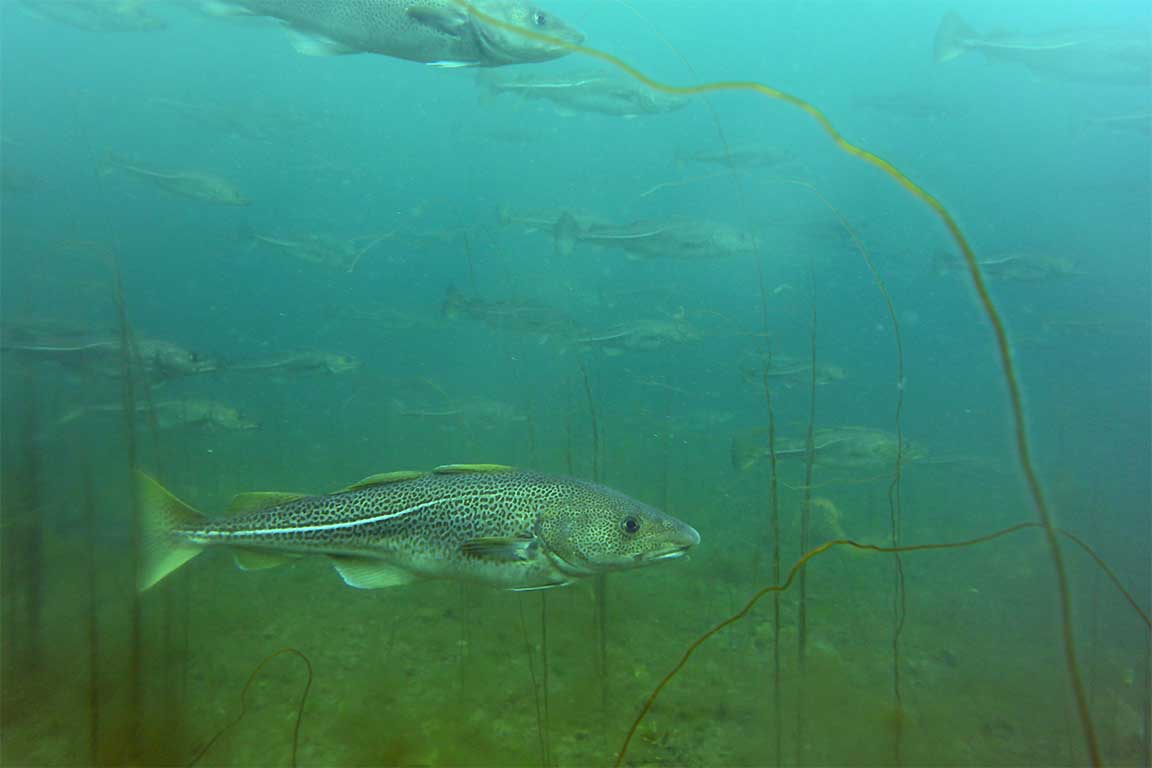State of the Atlantic Ocean, 2018
Canada’s Atlantic waters are some of the most productive marine environments in the world. Learn about Atlantic Ocean trends by reading the public report Canada’s Oceans Now: Atlantic Ecosystems 2018. This public report describes the status and trends in ocean science in bioregions of the Gulf of St. Lawrence, Scotian Shelf, and Newfoundland and Labrador Shelves.
Key messages from the public report are available as an interactive E-book featuring a series of 11 infographics allowing Canadians to see information about the changing Atlantic Ocean ecosystems at a glance.
Links
- Public Report – Canada’s Oceans Now: Atlantic Ecosystems, 2018
A plain language summary of recent scientific knowledge emerging from ocean research and monitoring programs of Fisheries and Oceans Canada in the Atlantic. - Infographics – Canada's Oceans Now: Atlantic Ecosystems, 2018
Download the visual summary of the public report in 11 engaging graphics. - Learn More About Atlantic Ecosystems
A summary of topics that include emerging and ongoing issues not covered in the plain language report. - Video - Case Study on Atlantic eelgrass
- Technical Report, 2018
A synthesis report of the peer-reviewed science on the ecosystems of the Atlantic Ocean, inclusive of the Gulf of St. Lawrence, the Scotian Shelf and the Newfoundland and Labrador Shelves.
Other editions
- Date modified:
